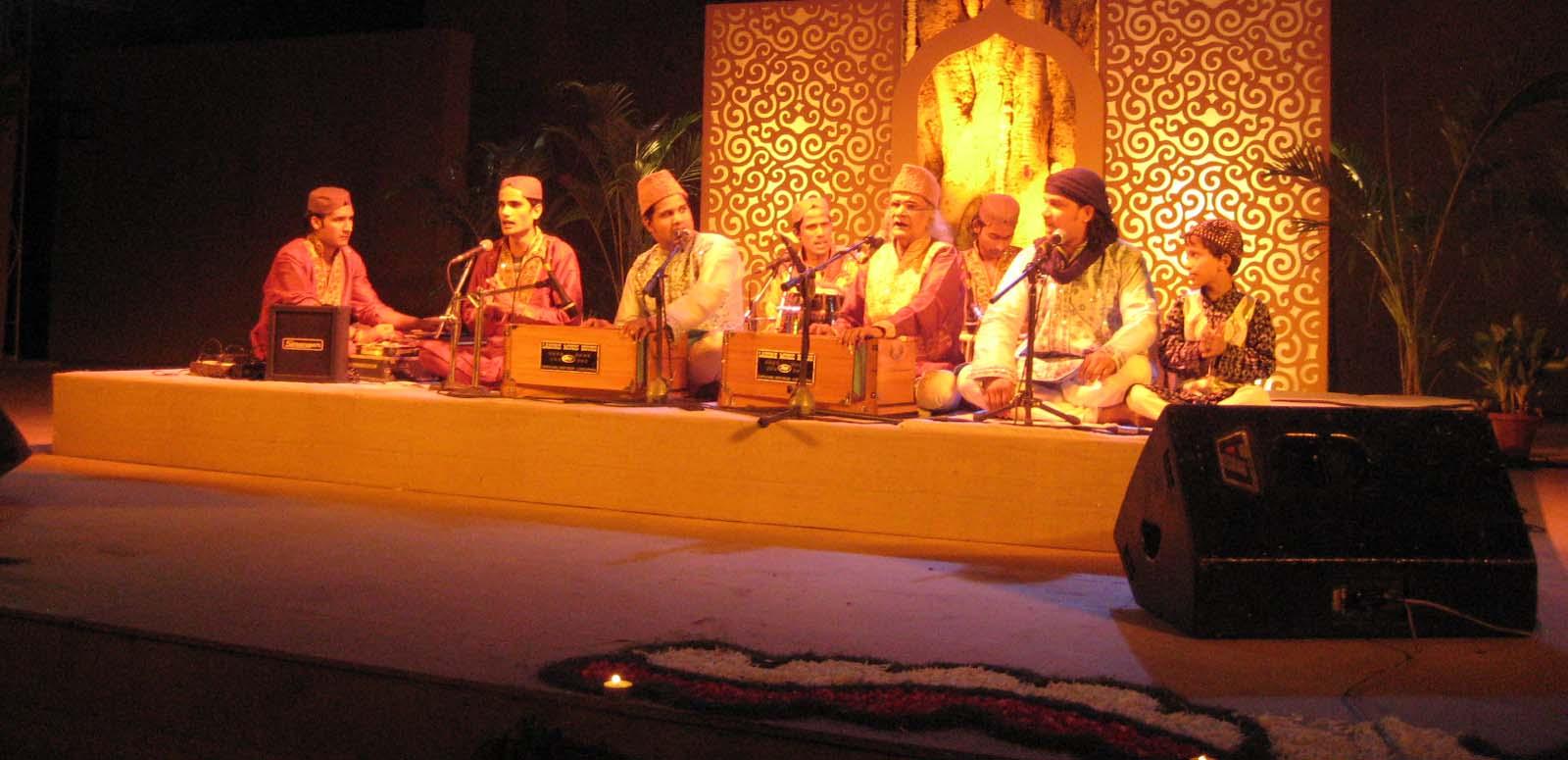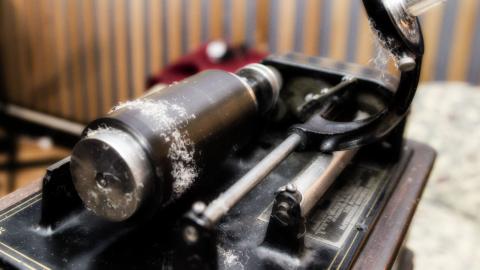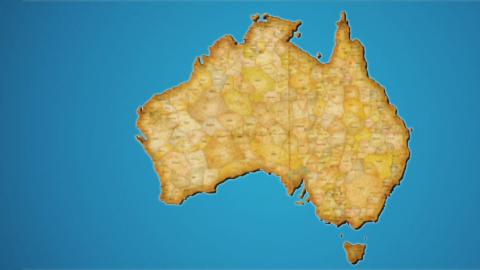

Archives in Transition
The 43rd annual conference of IASA – the International Association of Sound and Audiovisual Archives – was held over the second week of October in New Delhi, India, hosted by The Archives and Research Center for Ethnomusicology at the American Institute of Indian Studies.
The NFSA has a long history of collaboration within IASA, and the annual conference is an important opportunity for us to directly participate in the association’s activities.
As the NFSA’s official delegate it was also a chance for me to hear about the latest thinking in audiovisual archiving around the world and to reconnect with an international network of peers, colleagues, and stakeholders.
The conference began with a full-day working meeting of IASA’s technical committee. This committee, fondly known as the TC, is delivering an ongoing slate of guidelines and recommended practices covering all technical aspects of audiovisual archiving – from underlying ethics through to information on historic, current and proposed future technical standards. These documents are developed by a team of experts from across the globe, with significant contributions from IASA’s Australian members, including NFSA staff as well as colleagues from the National Library of Australia and other local organisations.
Several of IASA’s key guidelines are available on their Special Publications page, including the ethical principles, cataloguing rules, and audio preservation guidelines. IASA has an ongoing translation program and some titles are available in up to seven different languages. Publications in the pipeline include comprehensive guidelines on storage and handling of audiovisual media, and recommendations for digital archiving of videotape material.
IASA has a very strong structure of committees representing particular interest groups, and sections representing specific national or geographical interests. I represent NFSA as secretary of the National Archives Section, a group comprising government-funded archives with national responsibilities. This committee is currently gathering data on the development of legal deposit legislation for born-digital materials amongst member states, as well as considering how best to support archives at risk from funding cuts in light of government austerity programs. One tactic discussed was to highlight studies on the economic return to government on investment in cultural institutions; see for example some of the articles referenced on the American Library Association website.
A new committee is proposed for IASA, and a taskforce has been established under the banner Organising Knowledge (in short form, ‘OK’), to integrate the activities of the former Discography and Cataloguing committees with the emerging Knowledge Management disciplines that are well represented within IASA. This committee is intended to support inter-operability and sustainability of catalogues and collections, as well as ensuring we obtain the greatest benefit from new semantic web technologies.
The conference theme was In Transition – Access for All and the program began with a keynote speech, ‘From Ownership to Trusteeship: Archival challenges to the imagination of Intellectual Property’. This paper from Lawrence Liang of the Alternative Law Forum postulated a critical role for archives as custodians balancing the legalities of intellectual property with the moral and cultural imperatives of providing access to information for all.
This set the tone for a number of thoughtful analytical papers that followed, such as Vebhuti Duggal’s ‘Hindi Film Music on YouTube and Torrents: Of Piracy, Memory and Love’. Local delegates were well represented and presented highly articulate and well-considered papers, including reports on innovative low-cost solutions for access to collections using mobile phones. IASA has a large European constituency, many of whom reported on projects funded as part of the Europeana web portal.
Russell Taylor, the Principal of AIATSIS (Australian Institute of Aboriginal and Torres Strait Islander Studies), presented an overview of his organisation’s audiovisual collections and activities that captivated the audience, with examples from a century of footage. As part of the same session, which I chaired, we heard from Carmen Ordoño about a project to digitise the archives of Indigenous Mexican Radio Stations in situ and from Rainer Lotz about his fascinating Black Europe project.
You can download the complete program for the conference on the IASA website. It represents many facets of the importance of sound, music and audiovisual records in our lives and in our communities, as does the community of delegates. I look forward to the publication of many of these presentations as articles in IASA’s journal.
The National Film and Sound Archive of Australia acknowledges Australia’s Aboriginal and Torres Strait Islander peoples as the Traditional Custodians of the land on which we work and live and gives respect to their Elders both past and present.


